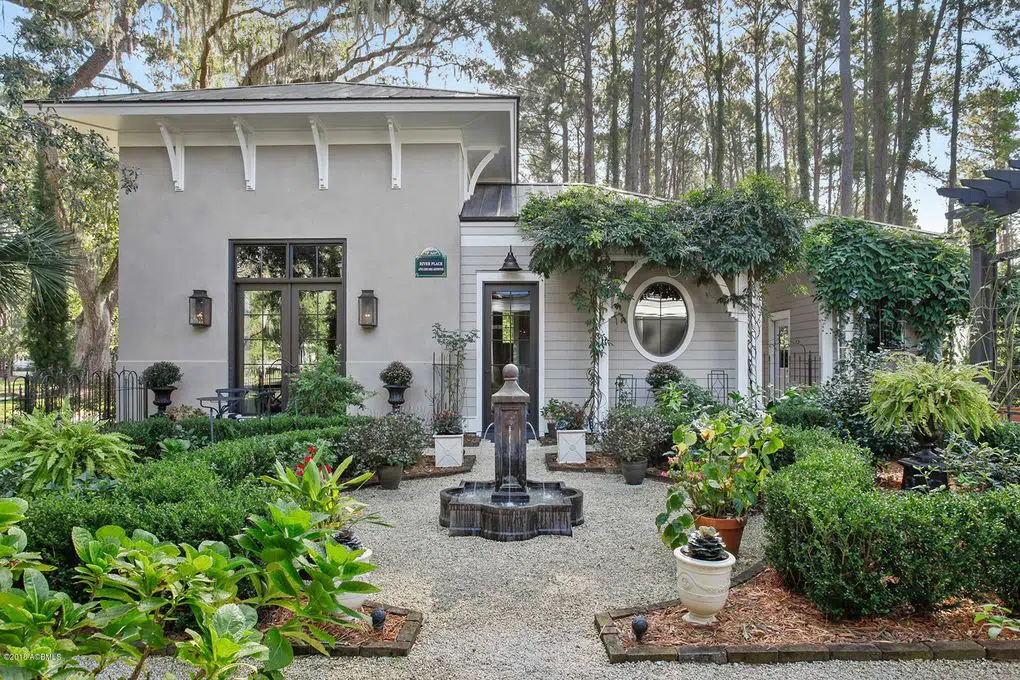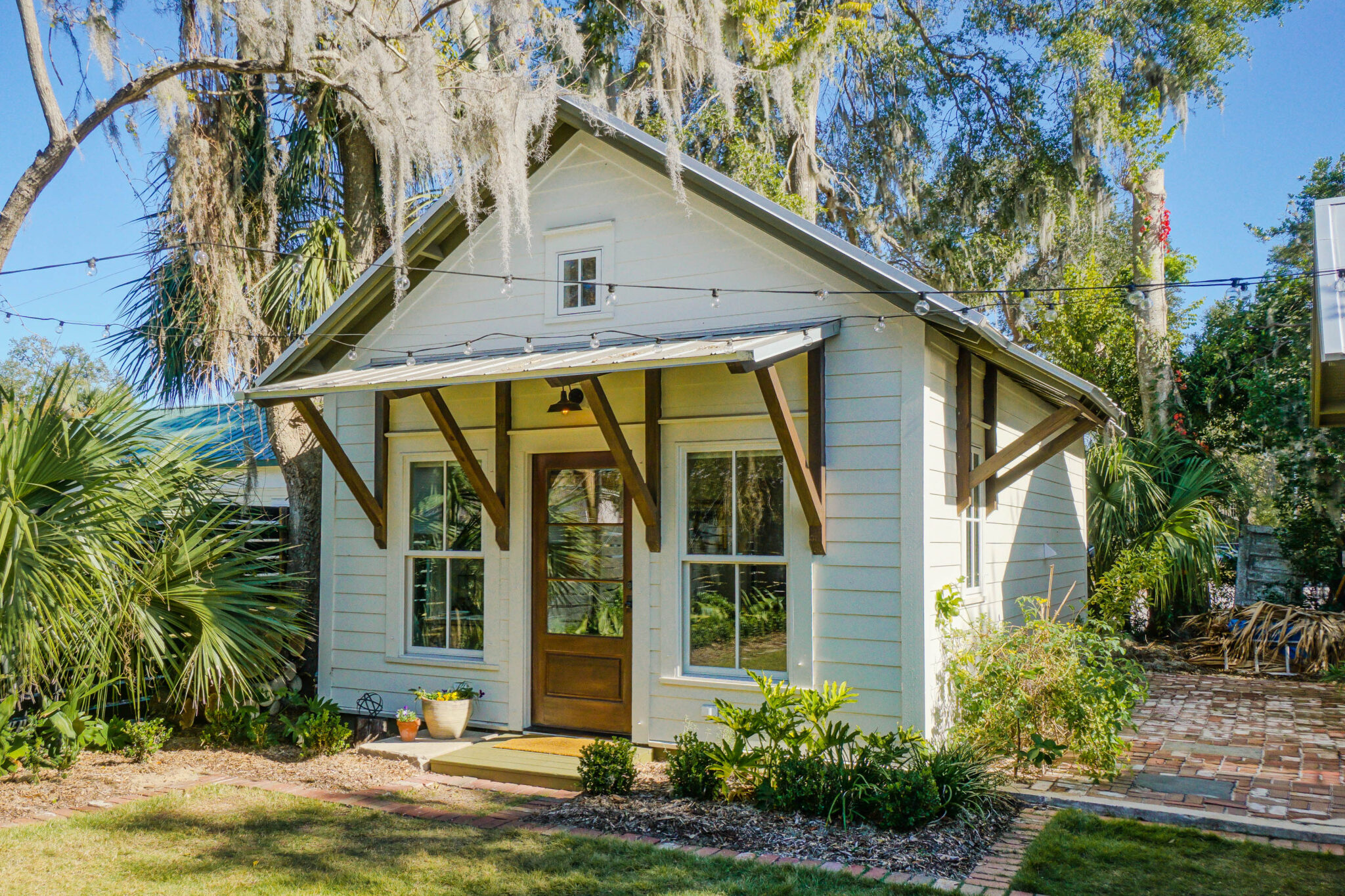
The landscape of suburban development is constantly evolving, and small-scale development impact has never been more important. In places like Bluffton and Beaufort, South Carolina, developers focused on residential projects must balance high-quality design, uniqueness, and affordability. These small-scale developments hold a vital place in shaping neighborhoods, offering thoughtful solutions that respond directly to local needs. In this blog, we explore how developers can successfully create meaningful small-scale development community impact by designing projects that are both economically smart and socially valuable.
Small-scale developments are more than just construction projects; they are opportunities to enhance the fabric of neighborhoods. These projects often fill niche needs and can rejuvenate areas without the overwhelming footprint of large-scale commercial developments. The key is to integrate seamlessly into the existing community, enhancing its character and meeting the residents’ needs.
Community-Centric Design: Successful small-scale developments start with understanding the community’s needs and desires. This approach leads to meaningful small-scale development impact, ensuring each project resonates deeply with residents.
Unique and Quality Housing Plans: In a market where uniqueness is a significant draw, offering innovative yet practical housing plans is crucial. These plans should not only stand out in design but also in functionality, catering to the specific lifestyles of the target demographic.
Affordable Yet Profitable Solutions: Balancing affordability with profitability is a challenge for small-scale developers. Efficient use of space, cost-effective building methods, and creative financing solutions can help achieve this balance.
Navigating Zoning and Permitting: Understanding and adhering to local zoning and permitting laws is crucial. Early engagement with local authorities can streamline the process and avoid costly delays.
Financial Planning and Cash Flow Management: Efficient cash flow management involves strategic sourcing of capital and maintaining a balance between upfront costs and potential returns on investment.
Building Trust with Design and Architectural Partners: Aligning with the right design team is critical to achieving long-term small-scale development impact, as thoughtful design fosters trust and local pride.

The ultimate goal of any development project is a healthy return on investment. This requires a keen understanding of the market, thoughtful planning, and execution of the project. Quality, uniqueness, and affordability are not just aspirations but essential ingredients for a successful small-scale development that appeals to both residents and investors.
Small-scale developments play a pivotal role in shaping the character and quality of local neighborhoods. By focusing on community-centric designs, unique and quality housing plans, and balancing affordability with profitability, developers can create impactful projects that resonate with both residents and investors.
At Allison Ramsey, we understand the nuanced challenges faced by small-scale developers. Our expertise in creating house plans that make a major community impact positions us as an ideal partner for developers looking to accomplish this goal. Let’s collaborate to transform your unique visions into reality, creating developments that resonate with communities and endure over time.